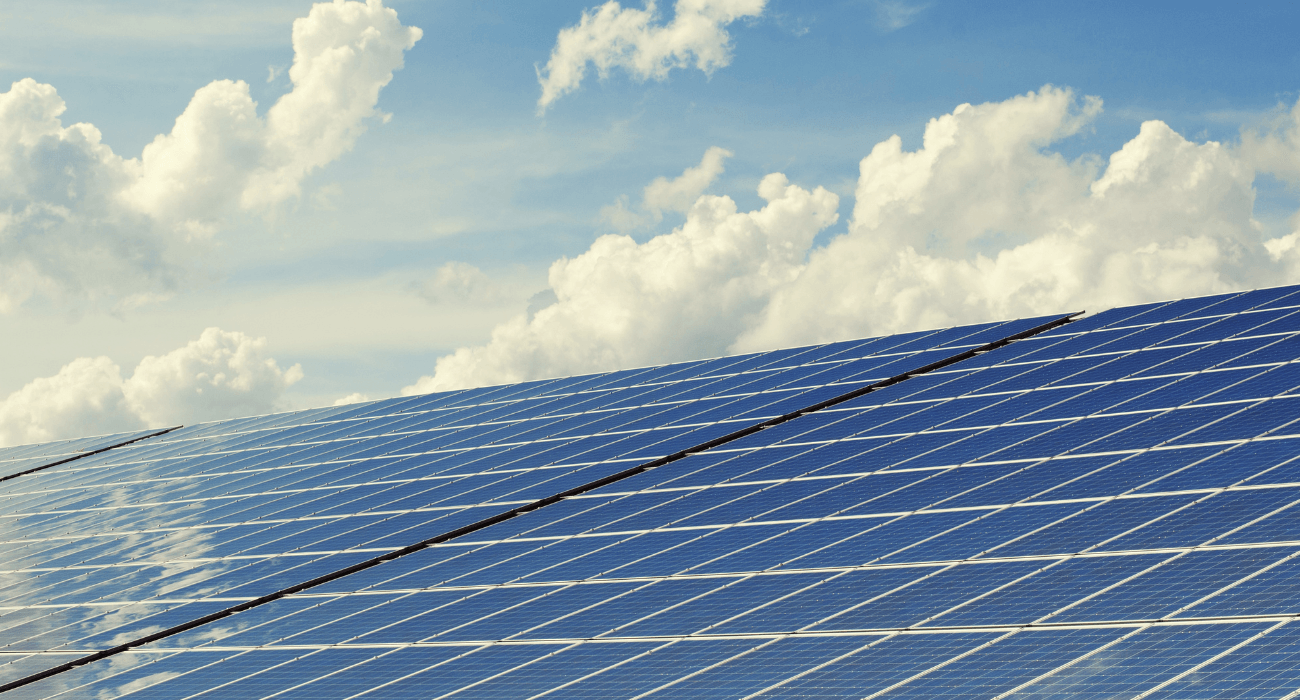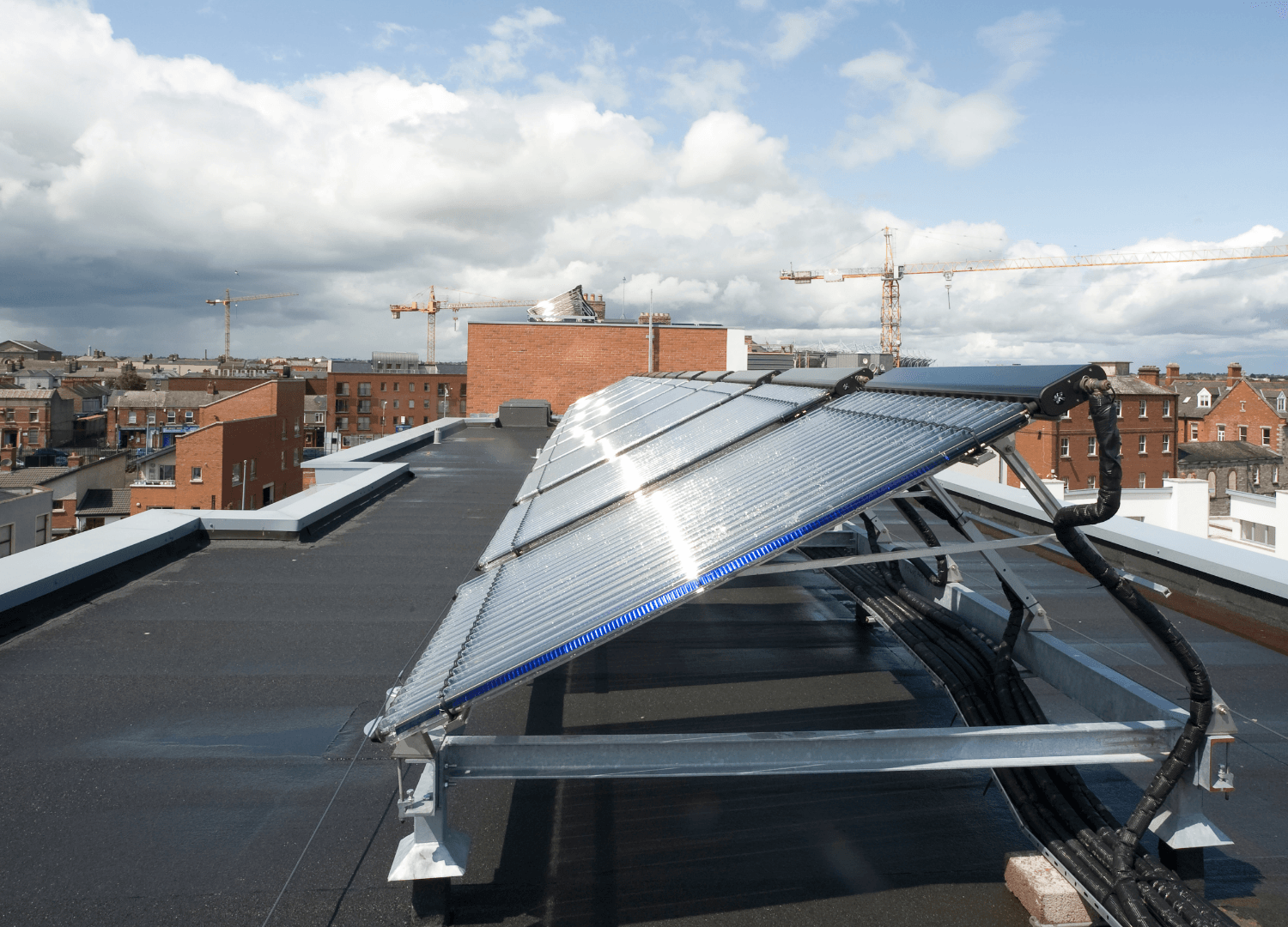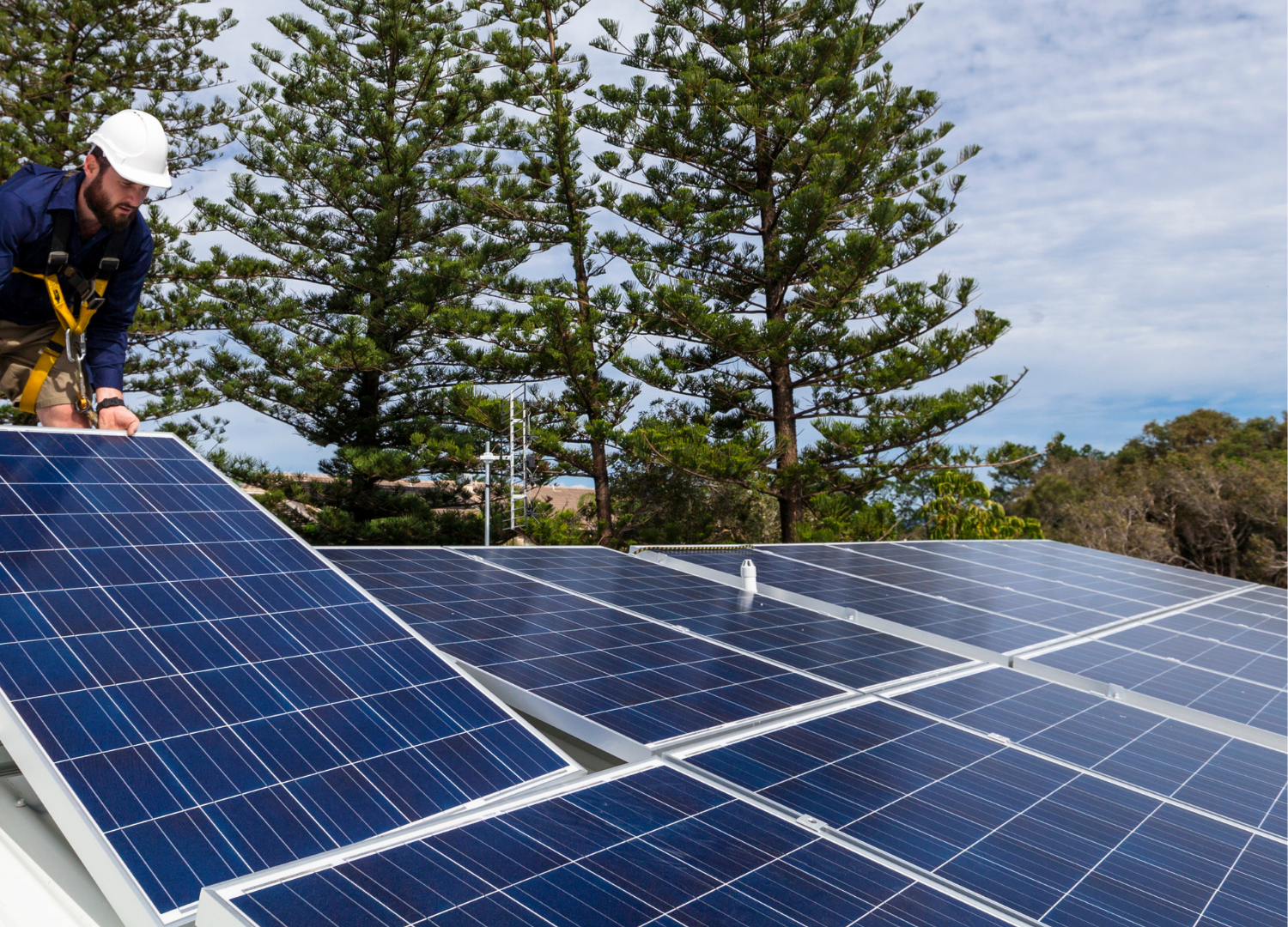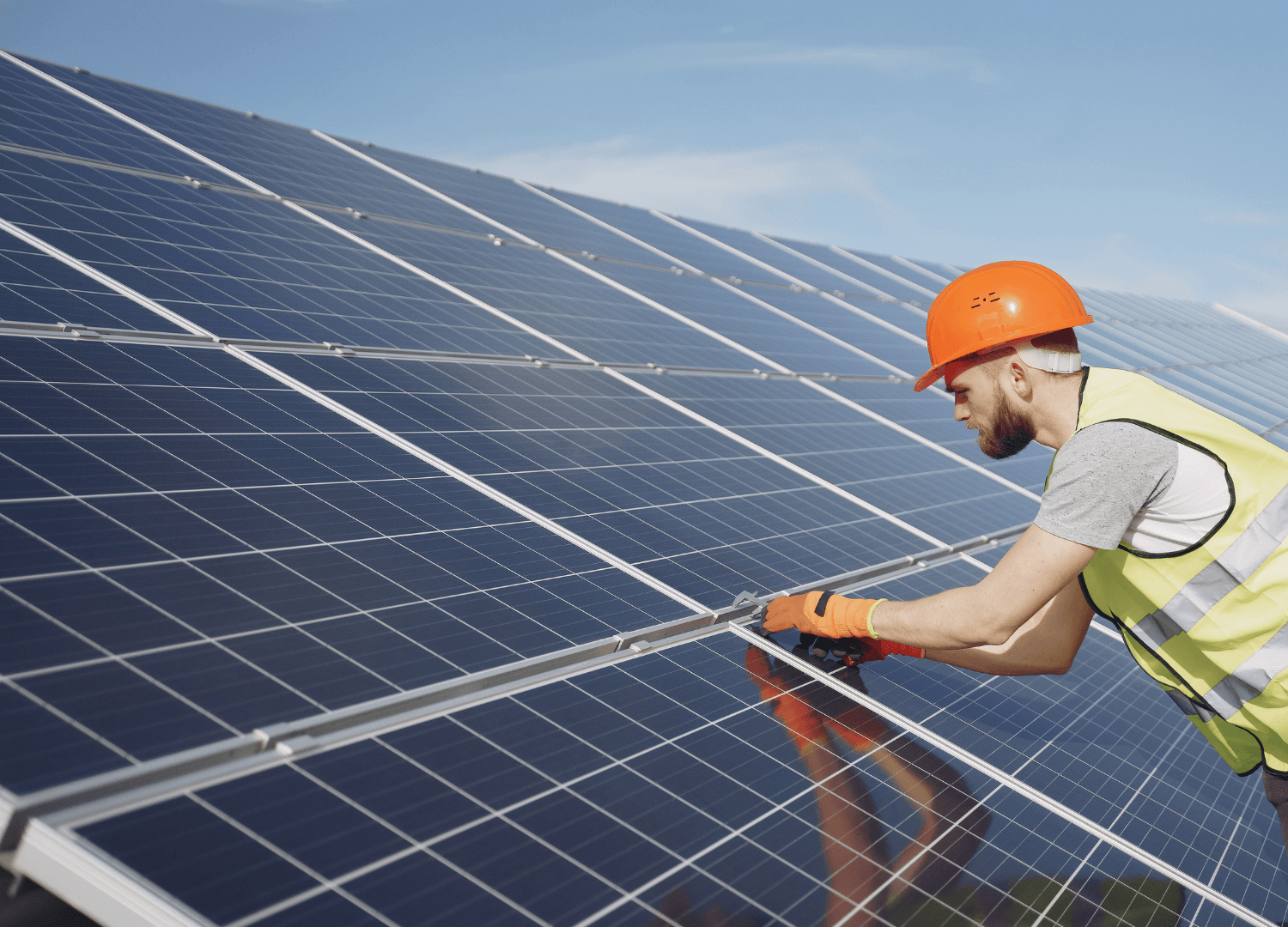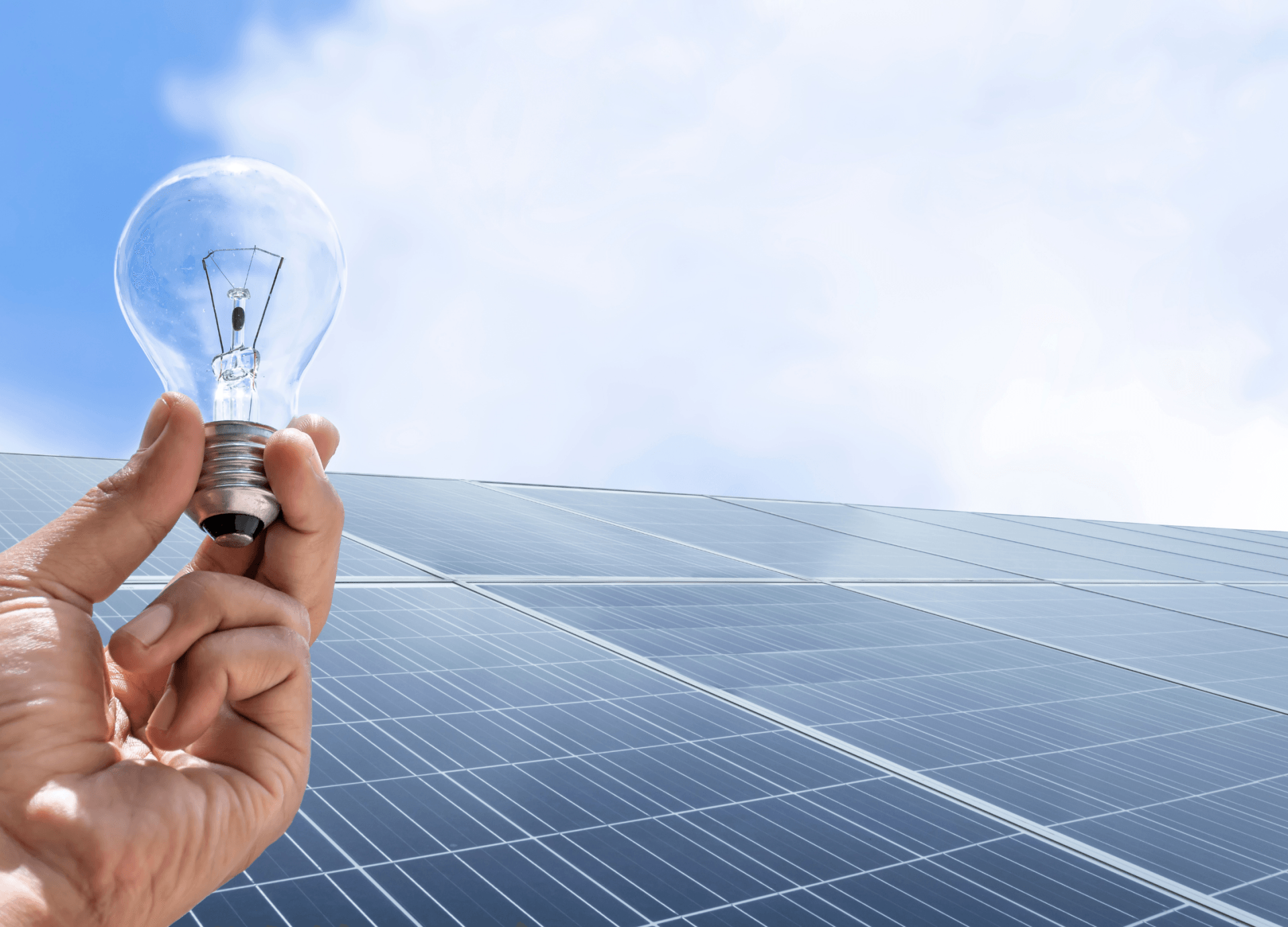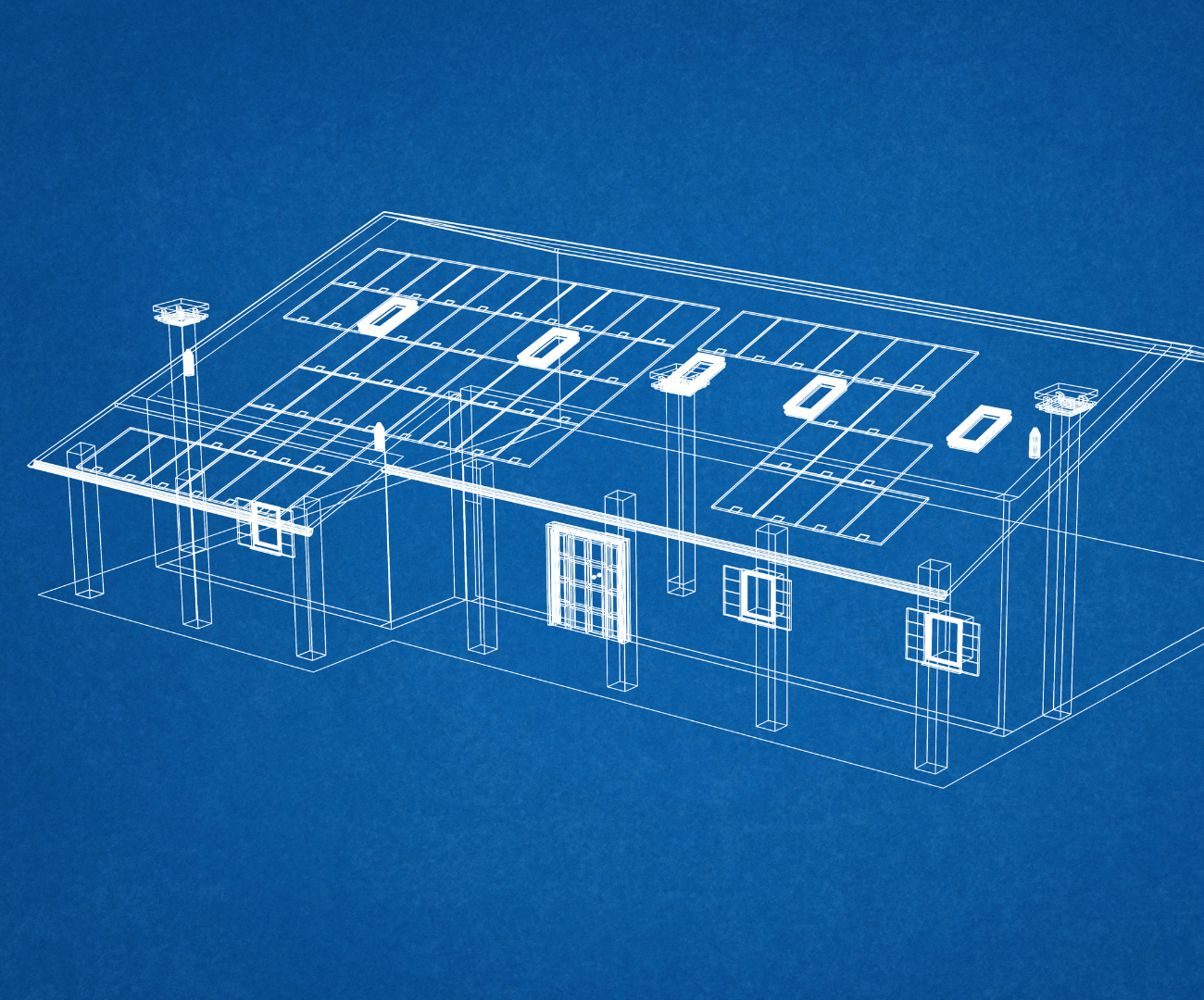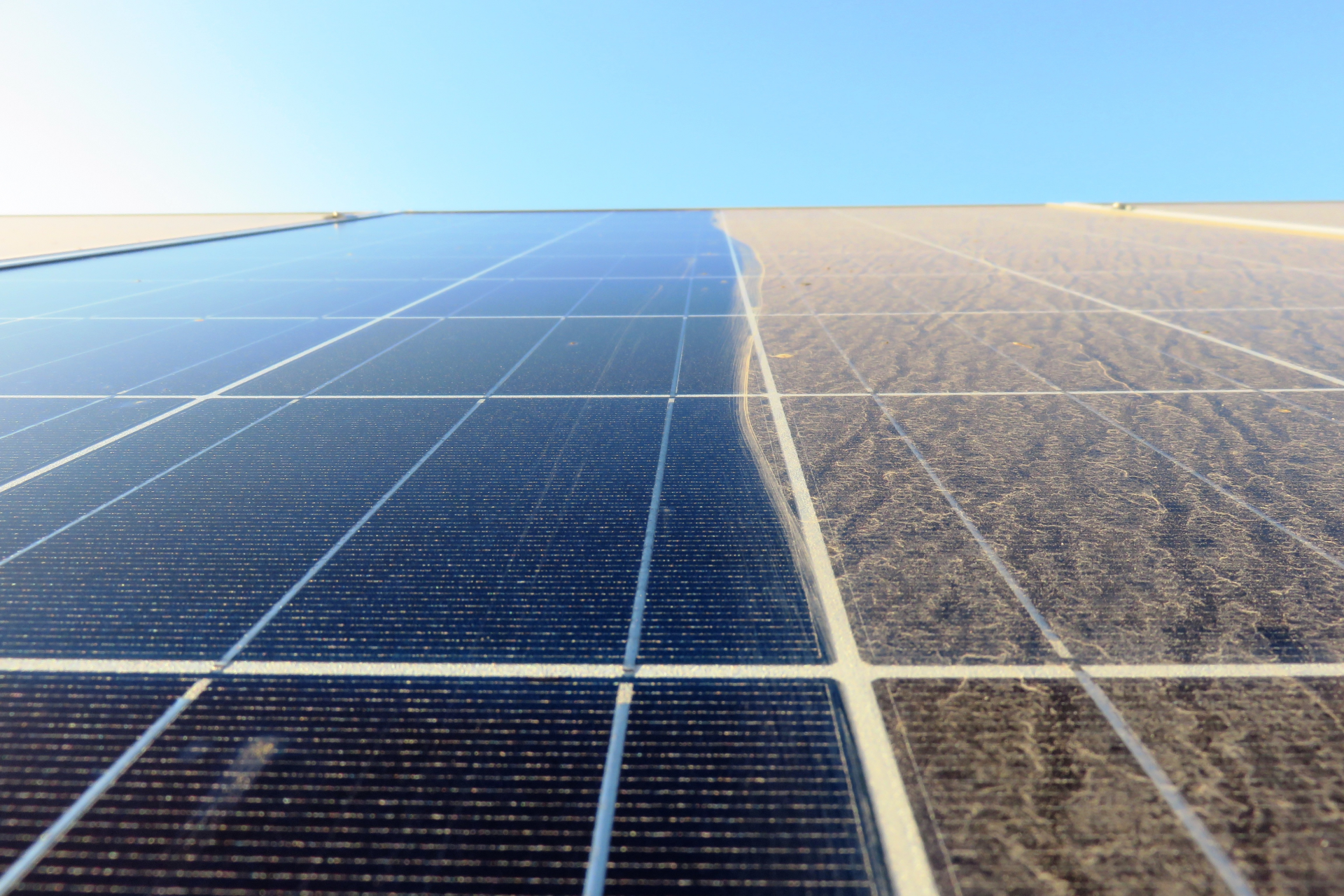Blog Layout
What Causes A Roof Leak?
Ben Munger • January 27, 2021
What Are The Causes Of A Roof Leak?
If you're like most people, buying a home is the single largest purchase you will make in your lifetime. Given that, you should take care of it, including the roof. Your home's roof is your very first and sometimes only defense against the elements. What do you do if that line fails, though?
A leaking roof is never something spontaneous. Typically, it's a consequence of serious weather, substandard roof maintenance, or both. If you discover that your roof is leaky, then you might be curious why it is doing that. While you can usually see or detect a roof leak immediately, you can't usually identify the cause behind it so fast. In many cases, it's actually a mix of multiple issues.
In any event, you need to have the issue fixed promptly. When you let a leak persist, you let it damage your home and roof more than necessary.
Just How Do Leaks Start? And How Do Roofs Get Damaged?
Damage is the most common culprit behind a leaky roof.
That begs the question of how roofs wind up getting damaged to start with? There are many different things that can damage the roof of your home. However, some of them are more prevalent than the rest.
Many homeowners have to deal with a leaking roof as a result of damaged shingles. Shingles get damaged because of poor installation, weather, and impact damage.
Most of the time, impact damage happens from hail strikes or someone running or walking across the roof, be it animals or family members. You might be surprised to know that animals as small as squirrels can hurt your roof when they skip across the top of your home. Tiny as they are, they can cause leaks.
If you do your homework and only use a professional installer who does things right, then this shouldn't happen. Substandard installation is more likely to happen when a homeowner does their own shingle installation.
Having said that, weather is the predominant culprit behind shingle damage. Strong wind has the power to rip entire shingles off, whereas hail can just punch holes in them. Extreme heat and cold and even frost can hurt shingles too.
When a material is going through constant cycles of expansion and contraction, they eventually start to crack. Water seeps into these cracks and gets underneath the tiles. If that water freezes, then it can expand, resulting in more damage to the shingles.
There are also times that a roof will leak just due to its age. As with anything, a roof breaks down over time, eventually needing replacement. However, certain roofing materials do last longer than the rest.
For instance, asphalt is a common roofing material due to its relative affordability. However, its life span is among the shortest of all roofing materials. Conversely, metal roofing costs a lot more than shingles but also lasts a lot longer. A slate roof should last longer than anything, possibly up to a century, but they are also the most expensive option.
Just keep in mind that some roof decks don't have the strength to support how heavy slate can be. Fortunately, a roofer can let you know what particular material best suits your needs.
Every kind of roofing or shingle has benefits and drawbacks. Are leaks something that concern you? If so, let your roofing contractor know. They can let you know what available roofing material is unlikely to leak. You might also get a suggestion about a moisture barrier.
What Do You Need To Do In The Event Of A Roof Leak?
It's essential you know why a leak is happening, but that will only do so much for you when you have an active leak present. The knowledge you really need in that moment is how to prevent as much damage as you can to your home until the leak can be fixed. If it's a small leak, you will likely need a professional roofer to make sure it's actually fixed up. If not, you're possibly leaving the door open to another leak.
The first thing you need to do is find out whether you actually have a leak or not. Certain indicators in your home might include the following:
-Water stains and/or damp spots on the ceiling
-Interior paint that bubbles or peels during a heavy downpour
-Shingles that are missing
-A damp or musty smell in the home, particularly in an attic space
-Hearing sounds of water dripping somewhere in your home
-Drywall that is moldy or moist
-Decking that is rotten or wet, particularly the wood flooring beneath both the shingles and the underlayment
The next thing you need to do is to identify the source responsible for the leak. You'll be tempted to assume that it's in the vicinity of the water stains you find. However, it might be the case. Water might travel from its entry point to several feet inside your home along a room line. That could put your leak in any direction away from the actual ceiling stain you see.
When you determine the water leak source, the time has come to prevent as much damage as you can before a professional has a chance to patch things up. An immediate and commonly obvious answer is putting a bucket or container to collect water that comes in.
If you happen to notice the ceiling storing the water in one spot, put a small hole in there with a screwdriver. Do so above your bucket or container, and let the hole funnel the water out at that location.
How To Go About Fixing A Leak
Hiring a roofing contractor is your best bet. They can look over the roof's structural condition and find other trouble spots that might turn into leaks.
There are times that small leaks can be situations you're able to handle solo. If you have a roof nail causing a leak, then you might be able to fix that. Use a sealer to prevent any more water from coming into your attic.
There are times where leaks might be quick finds in the winter season. If moisture moves down a nail, then the nail and that moisture will freeze. Look for frosted nails when you look in your attic. These are indicators of nails resulting in leaks or ones that are still safe to go.
In other cases, you might just need more caulk and sealant around your roof joints. Having said that, don't rely on caulk by itself as a long-term answer to leaks. Whenever possible, replace damaged or rusty flashing that are around these joints. If getting on the roof isn't something you want to do, or you're just unsure about doing repairs, then call in a roofing professional in any case.
When Is It Time To Consult Professionals For Fixing Leaks?
Most of the time, the best time to call in professional roofers is immediately. The reason for that is that many roofers provide guarantees on their work. So, if anything happens during their installation project, you're already covered for any additional repairs.
If you make your roof repair a DIY project, then you will have no such assurances. Don't rely on manufacturer warranties to back you up either, as most roofing materials come with clauses voiding their warranties when professionals aren't involved.
Anytime that you feel personally uncomfortable working up on a roof is another time to bring in professionals. In most cases, leak repairs require someone getting up there. If you don't have good safety equipment, then you're going to risk a fall that results in injury or even death. Whether it's a hospital stay or your funeral, both situations will cost your family a lot of money, and quite possibly so much more.
Your attic should have a visual inspection at least twice a year. Look for warning signs that include but are not limited to the following:
-Algae stains on plywood
-Mold
-Insulation that is soaked or wet
-Nails that have rust or black rings around them
If you notice any of these potential moisture signs, then call a professional in.
Hot Tip: Check your attic vents while up there. If they get clogged up with debris, including leaves, insulation, and spider webs, then they can result in more roof issues later.
Another great reason for calling in professionals is that roof repairs and fixing leaks sometimes goes beyond fixing flashing and replacing shingles. There are times that a whole section of the roofing deck might need to be removed.
Your roof is probably made from multiple layers, where shingles are just the top part. Your home's roof likely also has an underlayment serving as a robust moisture barrier to protect the decking. The decking of a roof is a foundation for the rest, usually made of plywood.
Once decking gets wet, mold and instability might happen fast. Weak roof decking might lead to your whole roof collapsing.
Preventative Steps
Stopping leaks in advance is the ideal way to go about things. How do you do this?
One thing you can do is bringing in roofing professionals for regular inspections. Our industry contractors and veterans have the training and expertise to identify trouble spots and warning signs before they turn into leaks. In doing so, they can prevent potential damage before anything happens in the first place.
During a professional inspection, our experts look into many different parts of the roof. These include parts that stick out of the roof, like a chimney or attic vent. Since areas like these are breaks in the roof decking, they have the highest chances of leaking. That's why professional inspections are crucial around such fixtures.
Look out for any ice dam leaks in wintertime. These are frequently the result of clogged gutters. When snow melts, it can accumulate in dirty gutters. If the water gets to refreeze at night, it might expand back up on your roof.
This will hurt the shingles of your roof. The ice can also prevent snow from draining when it starts melting again. Instead, it flows upward and under your shingles, turning into leaks.
Whenever possible, stay off your roof. It's not intended for foot traffic, regardless of how strong it is. The more pressure you put on it, the more likely it is to suffer damage.
Finally, don't plant tall trees too close to your house. Trees might keep your roof from drying quickly following rain. That creates breeding grounds for plant life, like algae. This can eventually wear down materials in your home's roofing, expediting the need for replacement.
Trees in proximity to your home also give animals the chance to trot across your roof, which we mentioned earlier can result in damaged shingles.
Contact Us Right Away If You Have A Roof Leak You Want Stopped
Most of the time, leaks aren't issues you should try fixing by yourself. Working on a roof is a dangerous thing, and if you make any mistakes, you can only blame yourself for what happens as a result.
Rather than do that, contact us! Let our team of experts help you not only identify leak locations but also find answers. Our service area proudly covers that St. Louis region, and we do more than just leak repairs:
-Roofing recovery
-Repairs and installation to flashing
-Existing material demolition
-Roofing inspections
-Commercial roofing services
-Installation of plywood and decking
Share
Tweet
Share
Mail
